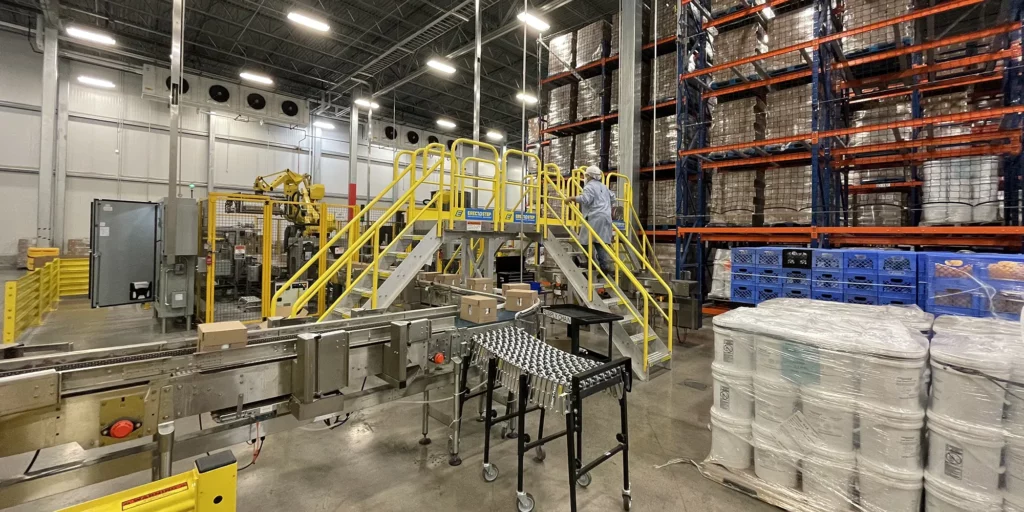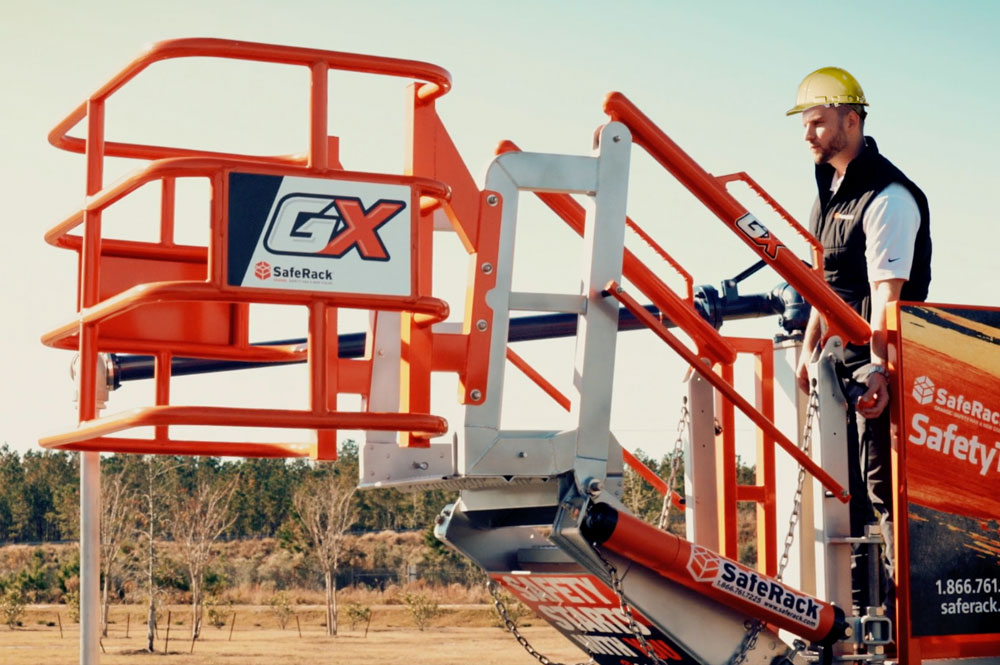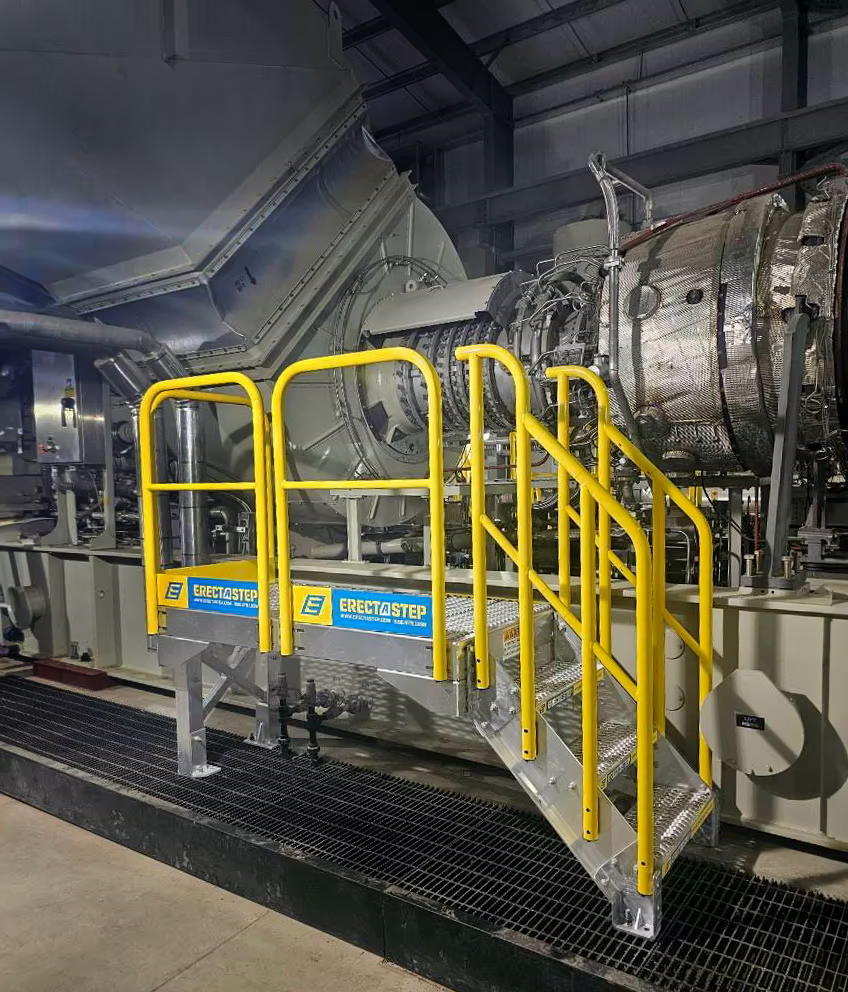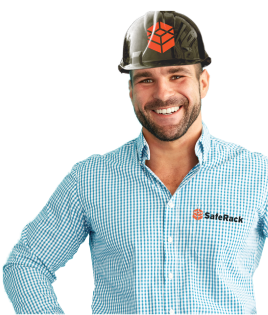
In the industrial sector, worker safety and comfort are important, not just for morale but also for improving productivity and profitability. An area often overlooked is the ergonomics of access platforms. This article explores the importance of ergonomics in access platforms, detailing how ergonomic designs can improve worker comfort, protect employees, enhance productivity, and ultimately benefit a company’s bottom line.
Understanding Ergonomics in Access Platforms
Ergonomics is the science of designing equipment and systems that fit the human body’s natural movements and capabilities. In the context of industrial access platforms, ergonomics focuses on creating work areas and equipment that minimize physical strain and reduce the risk of injuries for the people who use them. This is particularly important for workers involved in loading and unloading bulk materials into railcars, trucks, and marine environments, where repetitive movements made in awkward positions are common.
Benefits of Ergonomic Access Platforms
1. Enhanced Worker Safety
The primary benefit of ergonomic access platforms is the significant reduction in workplace injuries. Fitting the work environment and equipment to the people who use it can significantly decrease musculoskeletal disorders (MSDs) among workers. Ergonomically designed platforms, such as the GX Gangway and the MAXRack Elevating Safety Cage, are engineered to provide safe and efficient access, reducing the risk of falls while also preventing muscle strains from repetitive motion. These platforms incorporate features like adjustable heights and easy-to-use controls, ensuring workers can maintain optimal postures and avoid unnecessary strain.

2. Increased Comfort and Reduced Fatigue
Ergonomically designed work platforms also contribute to worker comfort by reducing physical fatigue. For instance, ErectaStep mobile modular platforms are designed to be lightweight yet sturdy, allowing for easy maneuverability and minimal exertion. Features like self-leveling stairs and telescoping extensions accommodate various vehicle heights and access points, ensuring workers do not have to overreach or bend excessively, thus maintaining comfort and stability throughout their daily tasks.

3. Boosted Productivity
Comfortable and safe workers are more productive. Studies have shown that ergonomic interventions can increase productivity significantly. Workers who are not slowed down by discomfort or need frequent breaks due to fatigue or pain can perform their tasks more efficiently. ErectaStep modular access solutions are designed for quick assembly and easy reconfiguration, enabling seamless workflow and reducing downtime due to injury.
4. Financial Benefits
Investing in ergonomic access platforms can lead to substantial financial benefits. The National Safety Council estimates that the total cost of work-related injuries in 2022 in the United States was $167 billion, including lost wages and productivity, medical expenses, and administrative costs. By reducing the incidence of injuries and associated costs, companies can see a direct positive impact on their bottom line. Moreover, improved productivity translates to higher output and potentially greater profits.
Key Features of Ergonomic Access Platforms
Adjustable Heights and Angles: Platforms like ErectaStep’s modular work platforms feature adjustable heights and angles, which allow workers to maintain neutral postures regardless of the height of the equipment they are accessing.
Lightweight Materials: ErectaStep’s platforms are made of lightweight, durable materials, which reduces the physical effort required to move and adjust them, minimizing strain on workers.
Intuitive Controls: Ergonomic platforms incorporate user-friendly controls that reduce the need for awkward movements. For example, the MAXRack Elevating Safety Cage can be adjusted with simple controls, making it easier for workers to maintain balance and control.
Slip-Resistant Surfaces: Platforms with slip-resistant surfaces, like those offered by SafeRack and ErectaStep, ensure that workers have secure footing, reducing the risk of slips and falls.
Case Study: Financial Impact of Ergonomic Improvements
Consider this compelling case for ergonomic improvements in manufacturing. At Deere and Company, implementing an ergonomics program significantly improved workplace safety and productivity. Initially, heavy lifting and poorly designed tools led to repetitive motion injuries and high workers’ compensation costs, which increased by 15% annually.
By involving workers in the early stages of the program, Deere and Company identified key issues and made necessary adjustments, such as redesigning workspaces and introducing ergonomically sound tools. This resulted in an 83% reduction in back injuries and a 32% drop in healthcare costs over ten years, highlighting the critical role of ergonomically sound equipment in manufacturing.
Conclusion
Ergonomics in access platforms is not just about compliance with safety standards; it’s about creating a work environment that promotes health, safety, and efficiency. By investing in ergonomically designed access platforms, businesses can protect employees from injury, reduce downtime, enhance productivity, and achieve significant financial savings. SafeRack’s commitment to ergonomic design of access platforms underscores the critical role these innovations play in modern industrial safety and efficiency.
Improve worker safety and productivity with SafeRack’s ergonomic access platforms. Explore our stairs, ladders, and loading platforms to see how we can help create a safer, more efficient work environment. Contact us today to learn more.





